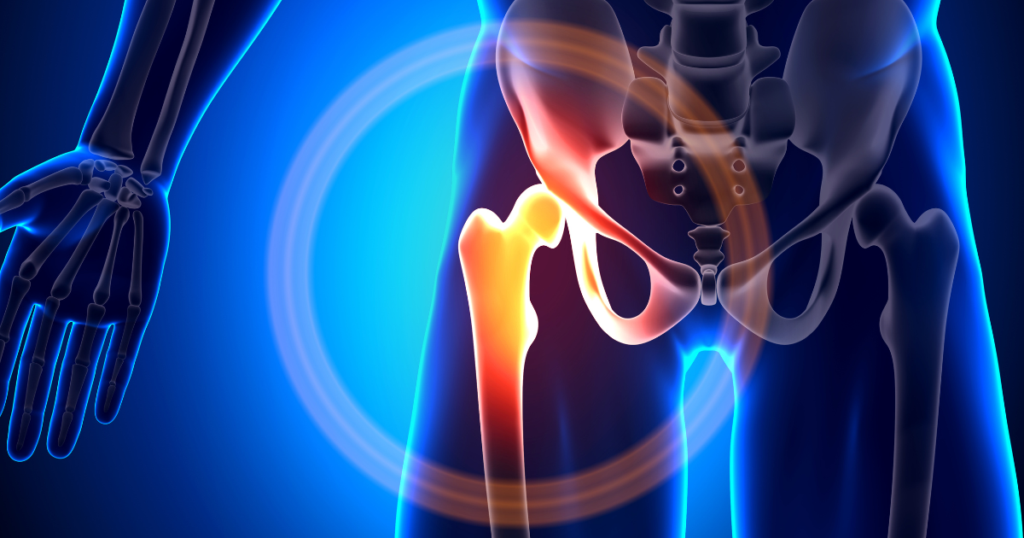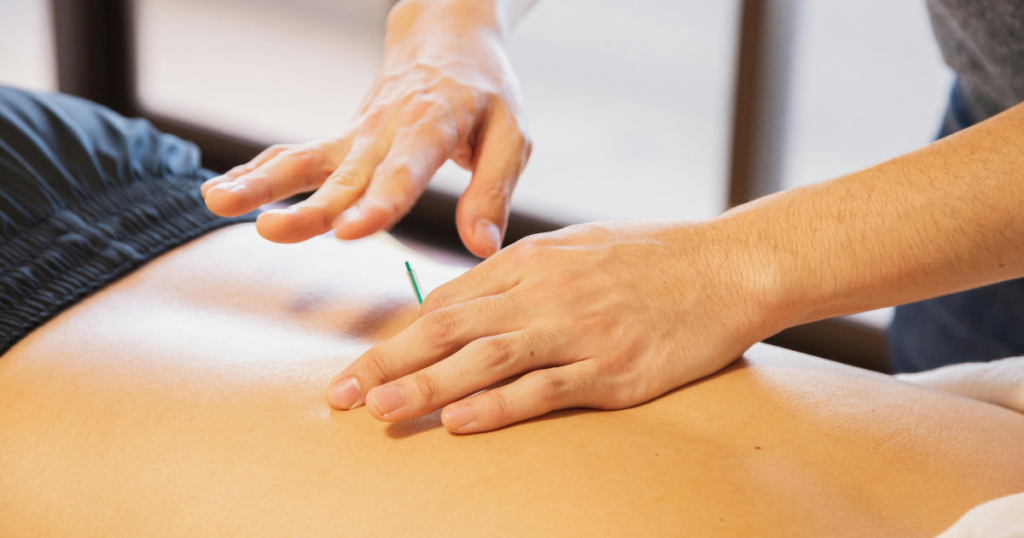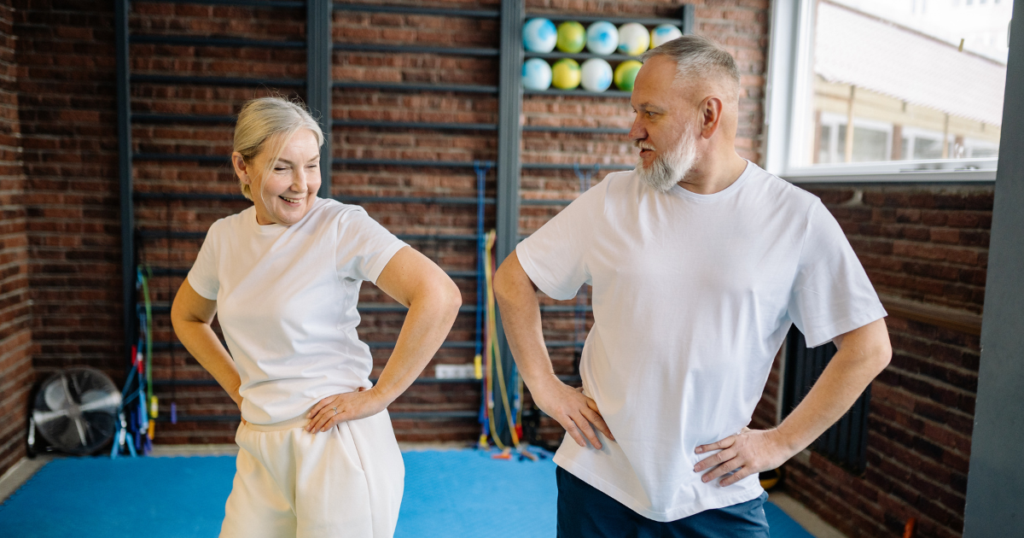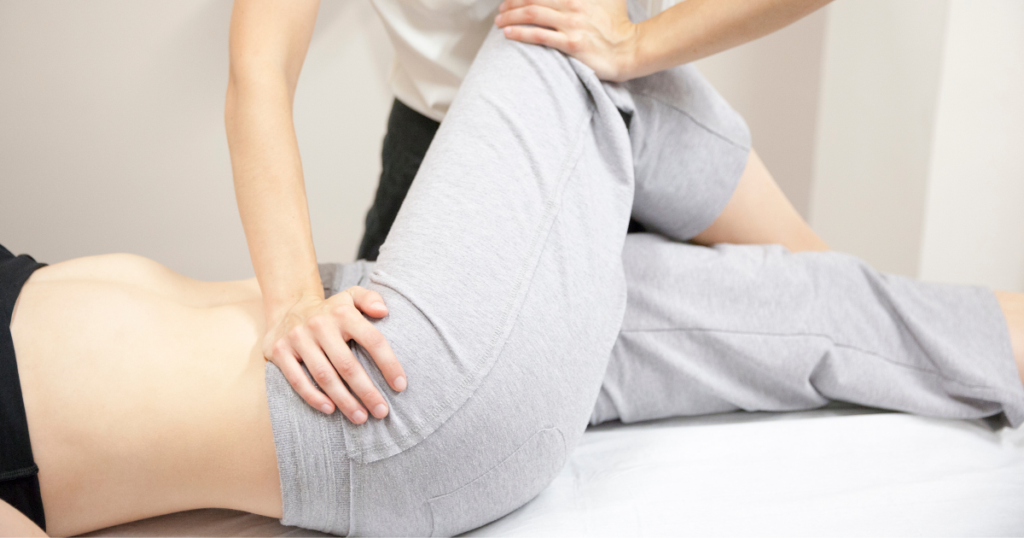Acupuncture for Hip Pain Relief: A Holistic Guide to Natural Treatment & Recovery
Discomfort in the hip area is more than a nuisance—it’s a disruption that can cascade into every aspect of daily life. Whether it’s the sharp sting interrupting your morning walk or the persistent ache disturbing your sleep, mobility challenges can make even the simplest routines feel overwhelming. Often, this strain doesn’t stay localized. It may radiate to the groin, thigh, or lower back, creating a web of tension that affects both your physical and emotional well-being.
Seeking effective relief can feel like an uphill battle. Conventional approaches—like medication or surgery—may offer temporary respite but often come with side effects, long recovery times, or results that fall short of expectations. Acupuncture, rooted in Traditional Chinese Medicine (TCM) and increasingly supported by modern science, offers a holistic, natural pathway to healing that addresses both symptoms and their root causes.
Understanding Discomfort in the Hip Region
Movement difficulties—like climbing stairs, bending, or simply sitting—can affect anyone and often progress into chronic issues if unaddressed. Gaining insight into the structure and potential causes behind this condition is essential for proactive recovery.
Understanding Discomfort in the Hip Region
The hip is a biomechanical masterpiece—combining strength and flexibility. As a ball-and-socket joint, it links the thighbone (femur) with the pelvis, allowing you to walk, bend, and pivot with ease. Unlike the shoulder, which prioritizes flexibility, this joint is built for endurance. Its deeper socket and thick ligaments make it ideal for supporting weight-bearing activities.
At its core, the femoral head fits into the acetabulum, a socket lined with the labrum—a fibrocartilage ring that stabilizes the joint like a suction seal. Surrounding muscles and ligaments provide reinforcement, absorbing forces up to five times your body weight during high-impact tasks. But when the balance between structure and movement is disrupted—through injury, inflammation, or degeneration—discomfort and reduced function often follow. Understanding this interplay is vital for tailored treatment and lasting relief.
Root Causes of Discomfort
Irritation in the joint area may arise from a variety of factors. Depending on the cause, it might present as local tenderness or radiate outward to nearby regions.
- Osteoarthritis: This degenerative condition results from cartilage erosion, leading to stiffness, swelling, and ongoing soreness—especially common in those over 50 or with physically demanding lifestyles.
- Bursitis: Inflammation of the bursae—fluid-filled sacs that cushion the joint—can lead to sharp, outer-thigh discomfort. Trochanteric bursitis is especially prevalent in older adults and athletes.
- Sciatica: Nerve compression causes radiating sensations from the lower back to the buttocks and leg, often accompanied by tingling or numbness.
- Labral Tears: Tears in the cartilage lining the joint impair stability and cause sharp, localised pain—frequent among athletes who perform repetitive twisting movements.
- Muscle Strains: Overexertion of surrounding muscles often leads to acute soreness and limited range of motion, particularly in active individuals.
- Femoroacetabular Impingement (FAI): Structural issues in the joint result in friction during movement, reducing flexibility and causing persistent discomfort.
Recognizing the specific cause—often via imaging or physical assessments—is key to developing an effective, customized treatment plan.
Symptoms That Signal a Deeper Issue
Discomfort in this area manifests in various ways. Understanding these patterns can guide diagnosis and recovery:
Types of Pain
- Sharp or stabbing pain: Often felt during movement, such as walking, bending, or climbing stairs, and may indicate conditions like labral tears or hip impingement.
- Dull ache: Persistent discomfort at rest, frequently associated with arthritis or bursitis.
- Radiating pain: Pain that extends from the hip to the groin, thigh, or lower back, commonly linked to sciatica or referred pain from spinal issues.
Mobility Issues
- Stiffness: Difficulty moving the hip joint after periods of inactivity, such as waking up in the morning, often seen in osteoarthritis or rheumatoid arthritis.
- Reduced range of motion: Limited ability to rotate or flex the hip due to inflammation, injury, or structural abnormalities like Femoroacetabular Impingement (FAI).
- Limping: A noticeable change in gait caused by pain or weakness in the hip muscles.
Additional Symptoms
- Clicking or popping sounds: Mechanical noises during movement may indicate snapping hip syndrome or cartilage damage.
- Swelling and tenderness: Localized inflammation around the joint, often associated with bursitis or tendinitis.
- Muscle weakness: Difficulty bearing weight on the affected leg due to strain or nerve involvement.
How Acupuncture Works for Hip Pain
The Traditional Chinese Medicine Perspective
Traditional Chinese Medicine (TCM) views hip pain through a lens that differs significantly from Western medicine. Rather than focusing solely on localized issues like inflammation or structural damage, TCM considers hip pain as a manifestation of broader internal imbalances. These imbalances often involve the stagnation of Qi—your body’s vital energy—or disruptions in the flow of blood along meridians, the energetic pathways that connect various organs and tissues. When Qi or Blood becomes obstructed due to injury, stress, or external factors like Wind and Cold, discomfort arises.
Key Acupuncture Points for Relief
Strategically chosen points help ease discomfort, reduce inflammation, and support improved function:
- GB30 (Huantiao): Located near the buttocks, this point is renowned for addressing sciatic nerve issues and deep tissue stiffness.
- GB29 (Juliao): Found closer to the joint itself, it’s ideal for treating inflammation and encouraging mobility.
- BL40 (Weizhong): Behind the knee, this point relieves radiating discomfort down the leg—especially in cases involving the sciatic nerve.
- ST31 (Biguan): Situated near the hip crease, it’s used to treat muscular tension and improve flexibility.
- Ashi Points: These sensitive, individualised spots serve as custom targets for relief, particularly in hard-to-diagnose or long-term cases.
By combining local and distal points, acupuncture forms a comprehensive healing approach—not just addressing symptoms, but also resolving the deeper energetic imbalances.
Modern Scientific Understanding
Western research confirms that acupuncture triggers the body’s own healing systems. Inserting needles activates sensory nerves, which communicate with the brain to release endorphins—natural painkillers. Simultaneously, it reduces levels of inflammatory molecules such as cytokines, key drivers of swelling and joint irritation.
It also promotes circulation, delivering oxygen and nutrients to affected tissues while improving lymphatic drainage. For chronic issues, studies suggest acupuncture may even retrain overactive pain pathways, helping the nervous system return to a healthier state. This marriage of ancient wisdom and modern biology underscores acupuncture’s value as a safe, non-invasive method of managing persistent discomfort.
The Benefits of Acupuncture for Hip Pain
Pain Relief That Lasts
Acupuncture targets the underlying imbalances that cause ongoing discomfort, rather than offering just a quick fix. Clinical studies on conditions like osteoarthritis and sciatica show measurable improvements after regular sessions. This approach often reduces dependence on medication and significantly improves overall quality of life.
Improved Mobility
By easing tension and calming inflammation, acupuncture helps restore natural joint movement. Many people find they can return to activities they had given up, like walking longer distances or gardening. This renewed freedom brings both physical and emotional benefits.
Reduced Inflammation
Persistent swelling can prolong discomfort and limit healing, especially in chronic conditions. Acupuncture supports the body’s immune system by reducing inflammation and increasing circulation to affected tissues. This combination promotes faster repair and sustained relief.
Relaxation and Stress Reduction
Chronic physical issues can lead to emotional stress and fatigue over time. Acupuncture helps regulate stress hormones and boosts feel-good chemicals like serotonin. As a result, patients often feel calmer, sleep better, and become more resilient during recovery.
Combining Acupuncture with Other Treatments
Acupuncture delivers the best results when used as part of a holistic treatment plan that addresses both the root cause and surrounding factors. Physical therapy strengthens the supporting muscles, enhances joint stability, and improves overall movement. Customised exercises can reduce strain, increase flexibility, and promote long-term resilience. Traditional Chinese Medicine may also include herbal remedies and moxibustion to boost circulation and support recovery. Small ergonomic changes—like better seating or supportive footwear—can further reduce daily stress, preventing future flare-ups and aiding in sustained relief.
Why Acupuncture Is the Ideal Choice for Hip Pain Relief
For individuals grappling with chronic hip pain, conventional treatments like medications or surgery often come with limitations—ranging from potential side effects to long recovery periods. Acupuncture, however, offers a non-invasive, drug-free alternative that taps into the body’s natural ability to heal itself. By targeting specific acupuncture points, this ancient practice stimulates the release of endorphins, reduces inflammation, and improves circulation, providing both immediate relief and long-term benefits.
If you’re ready to regain your mobility and break free from the grip of hip pain, acupuncture could be your solution. At ACA Acupuncture and Wellness, we blend centuries-old wisdom with modern techniques to deliver personalized care tailored to your unique needs. Let us help you take the first step toward a pain-free life today.
Source:
Park, H. S., Jeong, H. I., Sung, S., & Kim, K. H. (2023). Acupuncture Treatment for Hip Pain: A Systematic Review and Meta-Analysis. Healthcare, 11(11), 1624. https://doi.org/10.3390/healthcare11111624
Haslam, R. (2001). A Comparison of Acupuncture with Advice and Exercises on the Symptomatic Treatment of Osteoarthritis of the Hip – a Randomised Controlled Trial. Acupuncture in Medicine, 19(1), 19–26. https://doi.org/10.1136/aim.19.1.19
Frequently Asked Questions
What is the Number One Cause of Hip Pain?
For short-term discomfort, tendon inflammation from overuse is often the main cause. For long-term issues, osteoarthritis is the primary culprit, resulting from the gradual breakdown of cartilage. This leads to chronic stiffness and soreness, particularly in older adults or those with physically demanding lifestyles.
Is Acupuncture Helpful for Hip Pain?
Yes, acupuncture is highly effective for managing conditions like sciatica and arthritis. Numerous studies have shown it can significantly reduce discomfort and improve joint function. As a gentle, non-invasive treatment, it serves as a safer alternative to medications or surgical options.
Where is the Acupuncture Point for Hips?
Common acupuncture points include GB30 (near the buttocks), GB29 (around the hip joint), and BL40 (behind the knee). These points are chosen based on your specific symptoms to create a tailored treatment approach. Other individualised points, known as Ashi points, can be added for more targeted relief.
What is the Chinese Remedy for Hip Pain?
Traditional Chinese Medicine often pairs acupuncture with herbal remedies like Du Huo Ji Sheng Tang to ease stiffness and improve circulation. Moxibustion, which involves burning herbs to apply gentle heat, is another popular therapy used alongside acupuncture. These methods work together to enhance the body’s healing response and relieve discomfort.
What is the Best Therapy for Hip Pain?
There’s no one-size-fits-all treatment, but combining acupuncture with targeted exercises and lifestyle changes offers the best results. Adjustments like supportive footwear, better seating, and weight management help reduce strain and prevent flare-ups. A holistic approach that integrates all these elements offers long-lasting relief.
How Long Does It Take for Acupuncture to Work for Pain?
Patients often notice improvements after just a few acupuncture sessions. Significant relief typically occurs within 4–6 weeks, with chronic conditions showing further improvement after 8–10 treatments. Individual results vary based on the severity of the condition and overall health.
Contact ACA Acupuncture & Wellness
Get in Touch
Newsletter Sign Up

ACA Franchise Opportunities
The over $4 billion US acupuncture market offers a great opportunity with over 10% annual growth rates and a continuing flow of new patients interested in the benefits of acupuncture.





